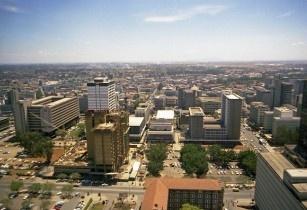Kenya’s ambitious infrastructure plans will require increased private sector participation, according to Moodys Investors Service report
As Kenya seeks to address its infrastructure needs of almost US$4bn per annum, the private sector is expected to play an increasing role, particularly in electricity generation and transmission, rail and road networks and water access and irrigation.
Activity will be supported by a recent improvement in the business environment, a favourable growth outlook and deep financial sector. Challenges include the creditworthiness of key counterparties, corruption, land issues and evolving and relatively untested regulatory frameworks.
An improving business climate is supportive of growing infrastructure investment but concerns over corruption and transparency remain. Persistent issues around corruption will be a concern for large, capital intensive infrastructure investment requiring years of planning, land negotiations, permits and regulatory approvals.
Kenya has improved the electricity access rate to around 75 per cent in 2018 from 36 per cent in 2014, the highest in East Africa. More than 7,000km of paved roads were added between 2014 and 2018. Major investments in ports and rail seek to improve the economics of trade. Fiscal pressures remain a constraint on the government's infrastructure spending capacity but will create space for private sector participation.
Investment to gather pace in electricity, water and road/rail sectors
“Electricity generation and transmission, rail and road networks and water access and irrigation will likely be the main beneficiaries of private sector investment, as these are key areas of focus for Kenya's government,” said Christopher Bredholt, vice-president, senior credit officer.
Universal access and diversification goals are set to drive electricity policy and require US$15bn investment through 2022 but investors face an evolving regulatory landscape and potential oversupply. The government seeks to increase household access to safe drinking water to 80 per cent in 2022 from 60 per cent currently and invest in irrigation to support agriculture, which accounts for 37 per cent of the economy. The ambitious roads PPP programme targets 10,000km of new roads to ease urban congestion and improve regional trade but has experienced procurement delays.
Addressing infrastructure financing needs
More infrastructure investment from Kenya's US$10bn in pension funds would help fill the spending gap, suggesting a role for foreign capital. Developments in the green bonds framework and risk mitigation from multilateral development banks will encourage private sector investment.





















